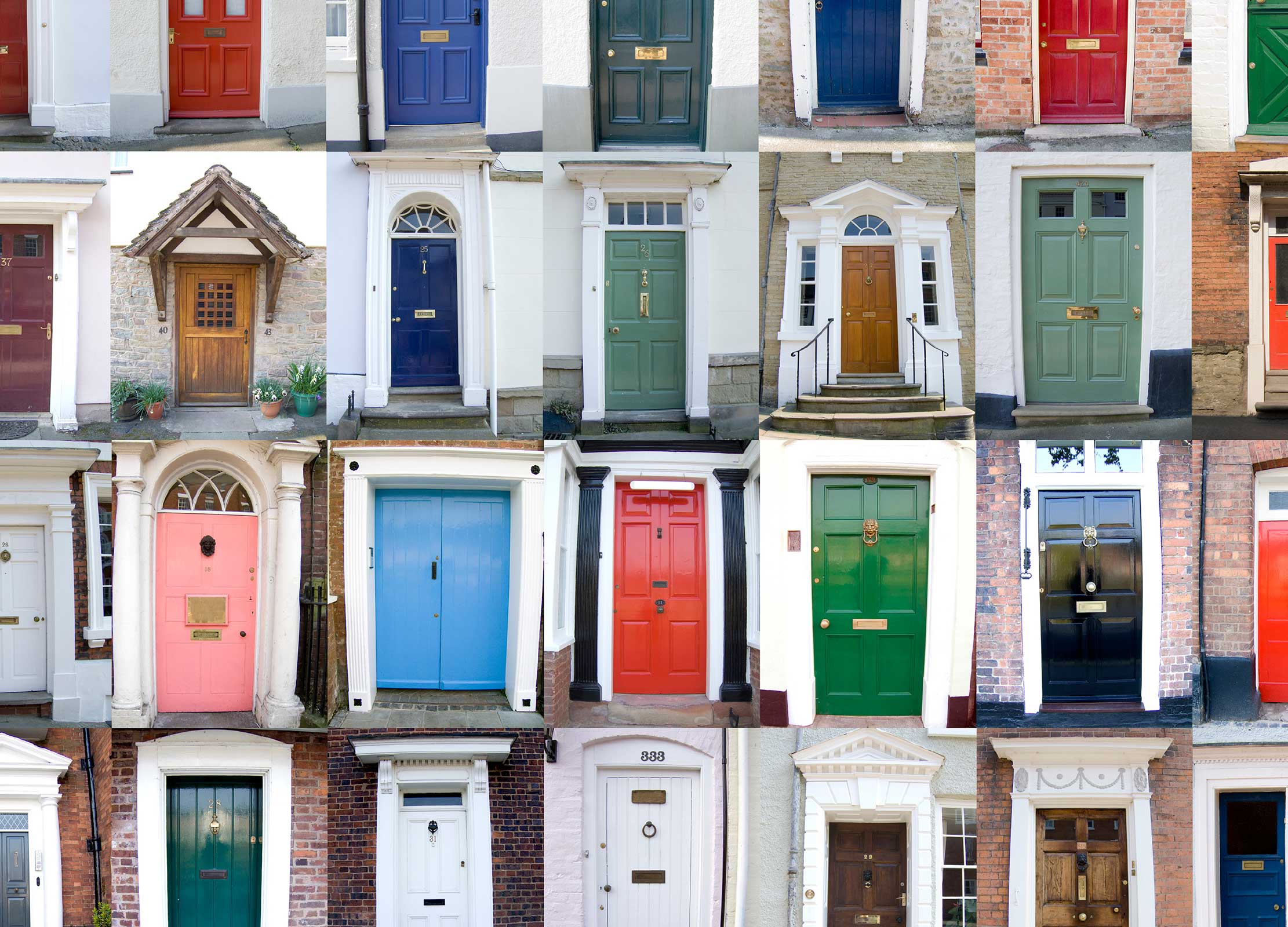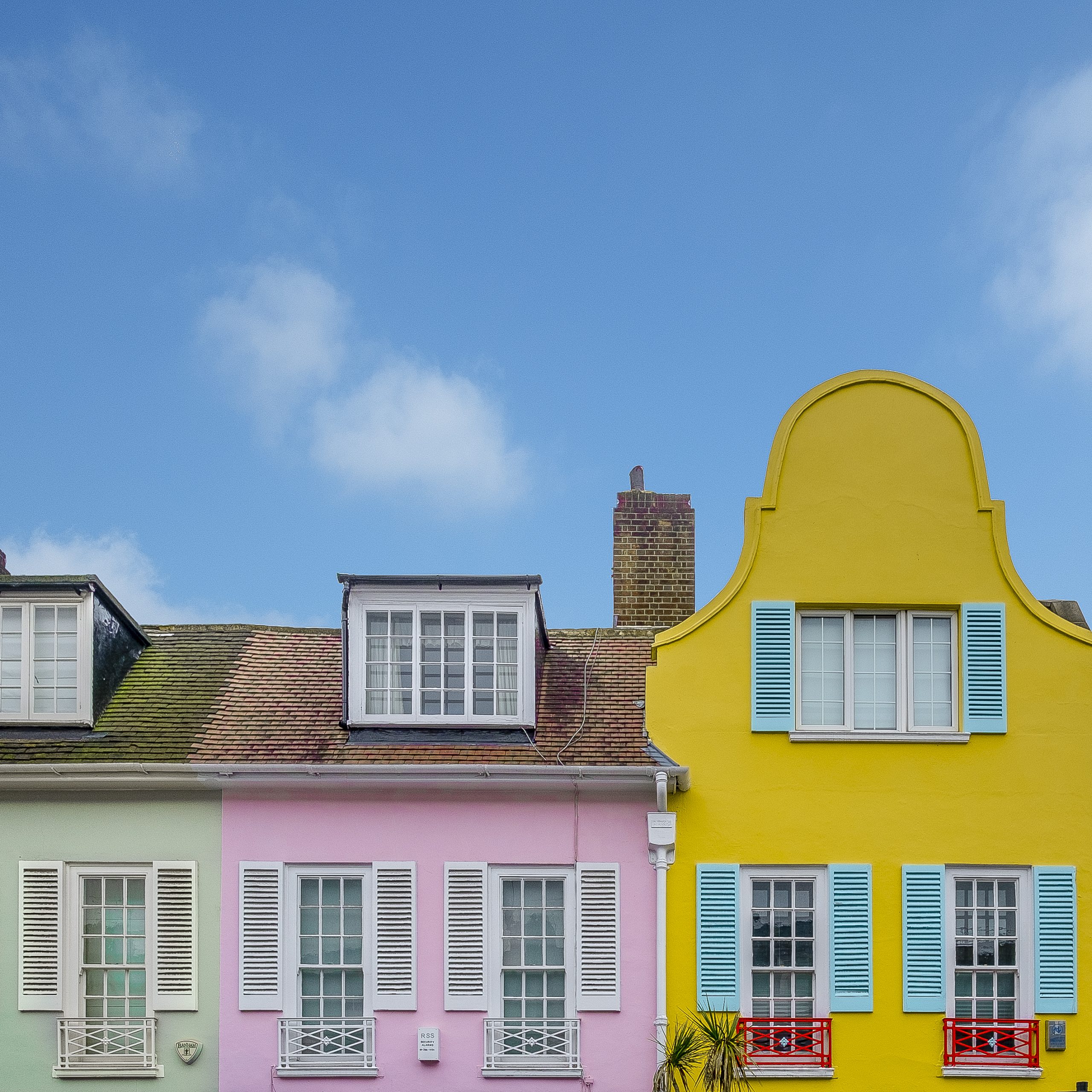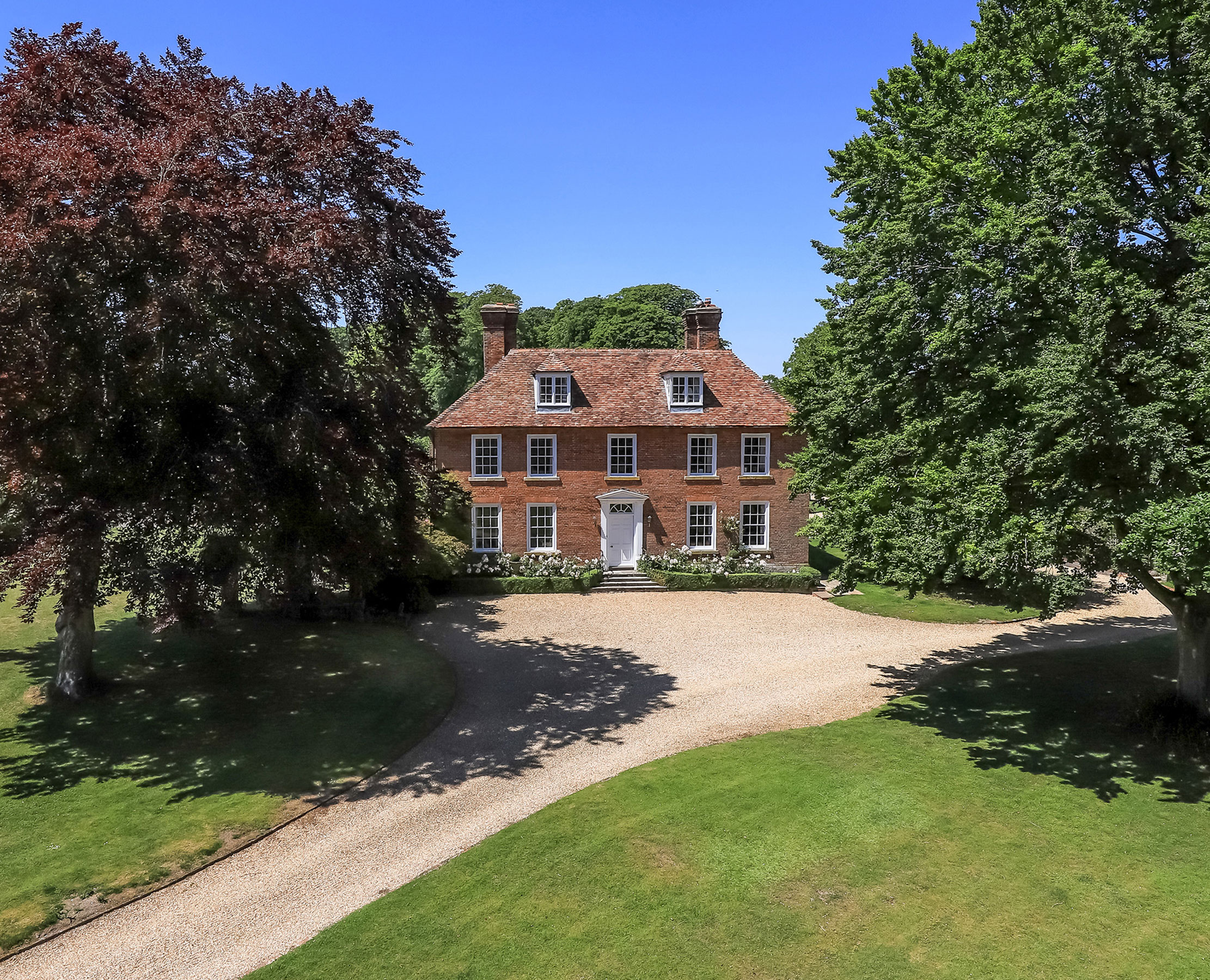Why buying a house with the wrong number could cost you thousands: Five things to know about the property market this week
Falling house prices, the rural hot spots to look out for and the best and worst house numbers to buy as Annabel Dixon takes a look at what you need to know in the world of bricks and mortar this week.


Had a busy week? We know the feeling. So we’ve cherry picked five property-related things that have hit the news in recent days for you.
UK house prices fall — again
Halifax and the Royal Institution of Chartered Surveyors (RICS) did not paint a particularly pretty picture of house prices in September. UK property values edged down by 0.4% last month, the sixth monthly fall in a row, according to Halifax. That said, the decline was less than August, when prices dropped by 1.8%.
Property prices in September were down by 4.7% on an annual basis compared with 4.5% the previous month. It leaves the typical home worth £278,601, a £1,200 drop since August.
RICS’s sentiment survey of its members in September was similarly downbeat. House prices at the national level remained on a downward trajectory, barely unchanged from August.
But there is a glimmer of hope: house price expectations over the 12-month horizon are less gloomy.
The prime country housing market buffeted…
Things aren’t looking any rosier at the high-end of the market. Prime country house prices in the last three months have ‘suffered their largest annual fall since the global financial crisis,’ reports Knight Frank sombrely.
Values dropped 6.1% in the three months to September. It was the biggest annual drop since they fell 13.4% over the same time period in 2009.
Exquisite houses, the beauty of Nature, and how to get the most from your life, straight to your inbox.
Despite all that, prices are still way above pre-Pandemic levels: rural homes are priced 12.2% higher than they were in June 2020.
…but prime London property fares slightly better
Meanwhile, the prime London housing market is ‘in a holding pattern,’ according to Knight Frank.
Halifax’s house price index for September says that prices fell by 4.8% in the capital over the last 12 months.
But Knight Frank’s data for last month shows falls are not uniform, however: prices dropped by a more modest 1.7% in prime central London and by 1.4% in prime outer London.
Tom Bill, head of UK residential research at Knight Frank, explains: ‘Prime London property has not experienced the extent of price declines seen across the UK but neither have the capital’s more affluent postcodes been immune from the deteriorating economic sentiment.’

Balance of power ‘shifts further towards buyers’
Good news for house hunters: there are now 31,000 more homes for sale today than there were this time two years ago, according to House Buyer Bureau. If that sounds like a major shift in available stock, well, don't get too excited: the number corresponds to an increase of 4.5%, based on the number of homes listed for sale in England between September 2021 and September 2023.
Again, though, the regional variation is enormous. The research found that Cornwall has seen the biggest influx of properties on the market, with 33.6% more than two years ago. Lincolnshire and Shropshire are not far behind.
But some pockets have actually seen a fall in the number of homes on sale, including the cities of Bristol and London, and the counties of Berkshire and Surrey.
‘Increasing mortgage rates have kept buyer appetites in check,’ says Chris Hodgkinson, managing director of House Buyer Bureau. ‘However, we’ve also seen an influx of stock and this has very much shifted the power away from sellers and into the hands of the nation’s buyers.’
And finally... what’s in a house number?
Well, a lot actually. Two separate sets of research were unveiled this week that look in to the surprising power of house numbers.
It turns out — and this only seems fitting for an article published on Friday 13th — that homes with the number 13 on their front door typically have the lowest values. At an average £354,793, they’re worth £5,333 less than the average of all homes numbered from one to 100.
Properties numbered one are valued highest, at an average £393,690, according to Rightmove.
The inference? It's perfectly possible that No.1 plots are, on average, bigger, and therefore the properties grander. But equally, it's not hard to believe that superstitious buyers are put off owning a home with a number that is considered unlucky.
That latter point is borne out by further research from the property portal: there are almost double the number of houses across Britain numbered 14 than there are numbered 13. In other words, developers seem to be quite happy simply no to build number 13 in any given street.
Rightmove analysed valuations of more than 10 million houses numbered one to 100 — but what of houses numbered 101 and above? Luckily national estate agency Yopa analysed more than 260,000 transactions that took place across England and Wales between January and August this year and found that homes with the number 195 are the most valuable, with an average sold price of £340,000. But don't read too much in to it, since Yopa’s top 10 is far from conventional: homes numbered 213 came in second place, followed by properties with the numbers 185, 117 and 173. Unless there's some sort of secret code in place, by far the most likely conclusion is that so few houses have such high numbers that it only takes a few big sales to skew the results into statistical meaninglessness.

Credit: Knight Frank
The best country houses for sale this week
Catch up on the best houses that have come up for sale via Country Life in the last few weeks.

